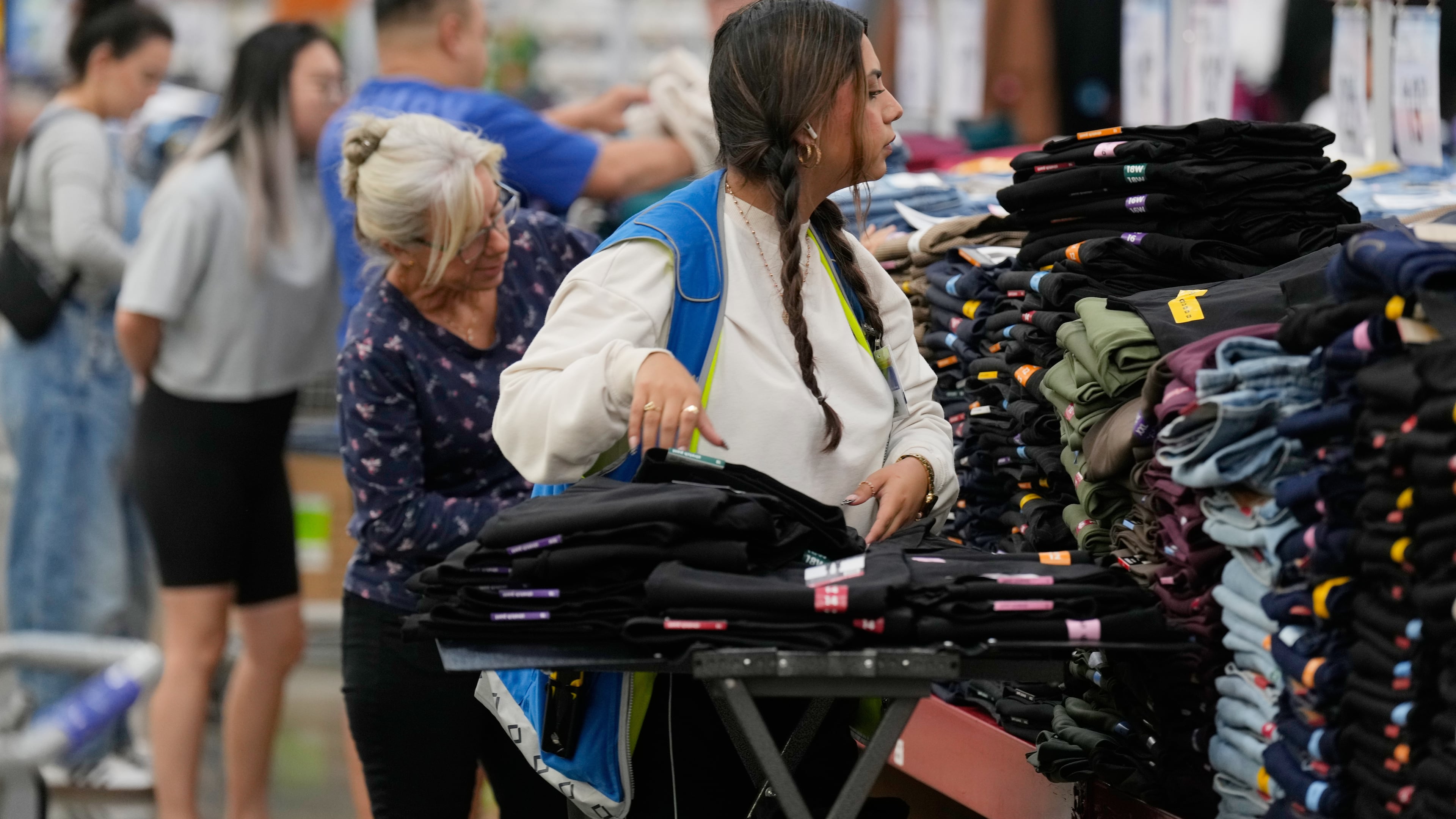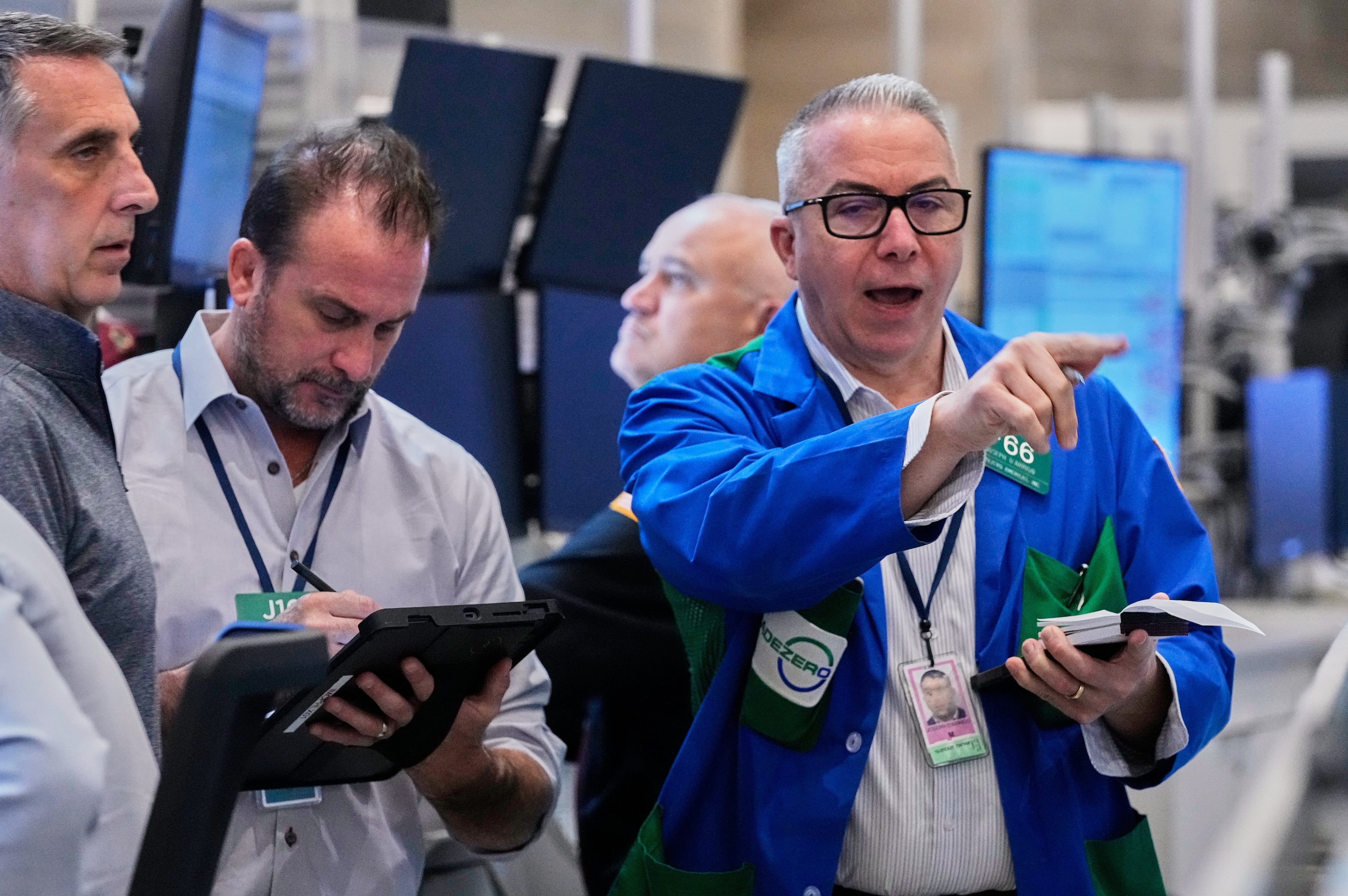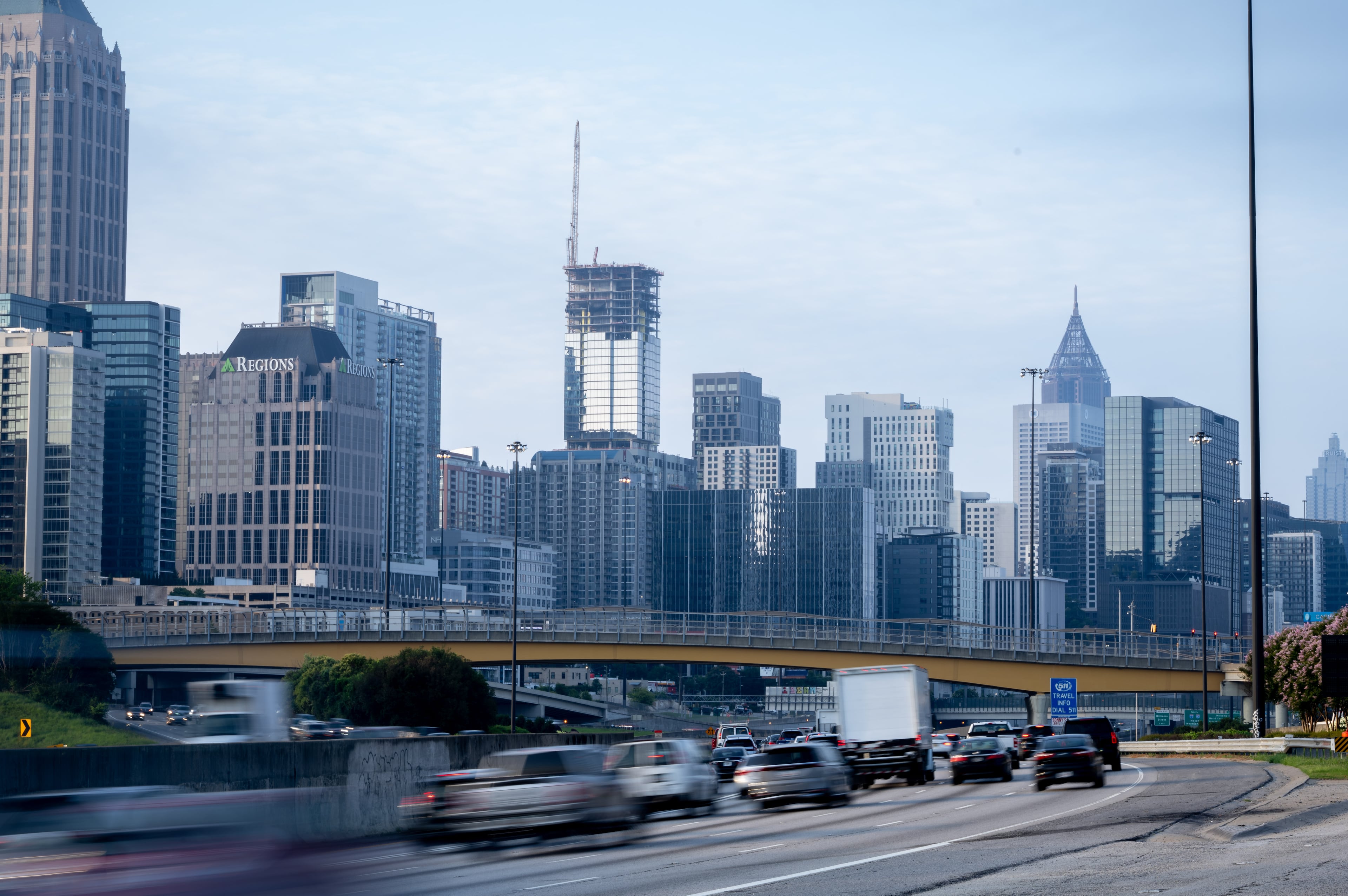US inflation stays elevated but prices rose less than feared last month

WASHINGTON (AP) — U.S. inflation remained elevated last month as gas prices jumped while the cost of rents cooled, painting a mixed picture of the expenses consumers are facing in a murky economy where growth appears steady but hiring slow.
Consumer prices increased 3% in September from a year earlier, the Labor Department said Friday, the highest since January and up from 2.9% in August. Excluding the volatile food and energy categories core prices also rose 3%, down from 3.1% in the previous month.
On a monthly basis, price increases slowed: They rose 0.3% in September, down from 0.4% the previous month. Core inflation also cooled to 0.2%, from 0.3% in August.
The figures show that inflation continues to rise more slowly than many economists expected when President Donald Trump imposed sweeping tariffs in April. Some of those duties were later reduced as part of trade deals, while many companies have only passed on part of the tariff cost to consumers out of concern that doing so would reduce sales. Businesses may shift more costs to consumers in the coming months if the duties appear permanent.
The smaller increase will come as a bit of relief to Federal Reserve officials, who have signaled that they will cut their key interest rate at their meeting next week for the second time this year. Yet inflation remains above the Fed’s 2% target, underscoring the high stakes of the Fed’s moves.
“Put simply, while inflation doesn’t appear to be accelerating, neither is it moving back toward target,” said Eric Winograd, chief U.S. economist at asset manager AllianceBernstein. “That will keep the Fed cautious rather than aggressive.”
The report on the consumer price index was issued more than a week late because of the government shutdown, now in its fourth week. The Trump administration recalled some Labor Department employees to produce the figures because they are used to set the annual cost-of-living adjustment for roughly 70 million Social Security recipients. Friday that increase was set at 2.8% for 2026, equal to about $56 per month.
Gas prices jumped 4.1% just in September from the previous month, a major driver of inflation last month. Grocery prices rose 0.3%, less than in August, and are 2.7% higher than a year ago.
Trump's duties are pushing up the prices of many goods: Furniture costs jumped 0.9% last month and are 3.8% more expensive than a year ago. Appliance costs rose 0.8% just in September, though they are up only 1.3% from a year earlier. Clothing prices increased 0.7% last month and shoes 0.9%, though neither have risen that much from last year.
The issues of affordability and the cost of necessities are gaining in political importance. Concerns over the costs of rent and groceries have played a key role in the mayoral race in New York City. And Trump, who has acknowledged that the spike in grocery prices under President Joe Biden helped him win the 2024 election, has been considering importing Argentine beef to reduce record-high U.S. beef prices, angering U.S. cattle ranchers.
The cost of ground beef has jumped to $6.32 a pound, a record, in part because of tariffs on imports from countries such as Brazil, which faces a 50% duty. Years of drought that have reduced cattle herds have also raised prices. Beef costs rose 1.2% in September and are up 14.7% from a year earlier, Friday's report showed.
Even as inflation has fallen sharply from its peak of 9.1% more than three years ago, it remains a major concern for consumers. About half of all Americans say the cost of groceries is a “major” source of stress, according to an August poll by The Associated Press-NORC Center for Public Affairs Research.
And the Conference Board, a business research group, finds that consumers are still referencing prices and inflation in responses to its monthly survey on consumer confidence.
Many economists, as well as some Fed officials, expect that the tariffs will create a one-time lift to prices that will fade by early next year. At the same time, inflation excluding the tariffs is cooling, they argue: Rental price increases, for example, are declining on average nationwide.
Yet Trump is imposing tariffs in an ongoing fashion that could raise prices in a more sustained fashion.
For example, the Trump administration is investigating whether to slap 100% tariffs on imports from Nicaragua over alleged human rights violations. The prospect of such steep duties is a major headache for Dan Rattigan, the co-founder of premium chocolate maker French Broad, based in Asheville, N.C.
“We've been shouldering some significant additional costs,” Rattigan said. The United States barely produces any cocoa, so his company imports it from Nicaragua, the Dominican Republic, and Uganda. The imports from Nicaragua were duty-free because the country had a trade agreement with the United States, but now faces an 18% import tax.
Cocoa prices have more than doubled over the past two years because of poor weather and blights in West Africa, which produces more than 70% of the world's cocoa. The tariffs are an additional hit on top of that. Rattigan is also paying more for almonds, hazelnuts, and chocolate-making equipment from Italy, which has also been hit with tariffs.
French Broad raised its prices slightly earlier this year and doesn't have any plans to do so again. But after the winter holidays, “all bets are off ... in what is a very unpredictable business climate," Rattigan said.

